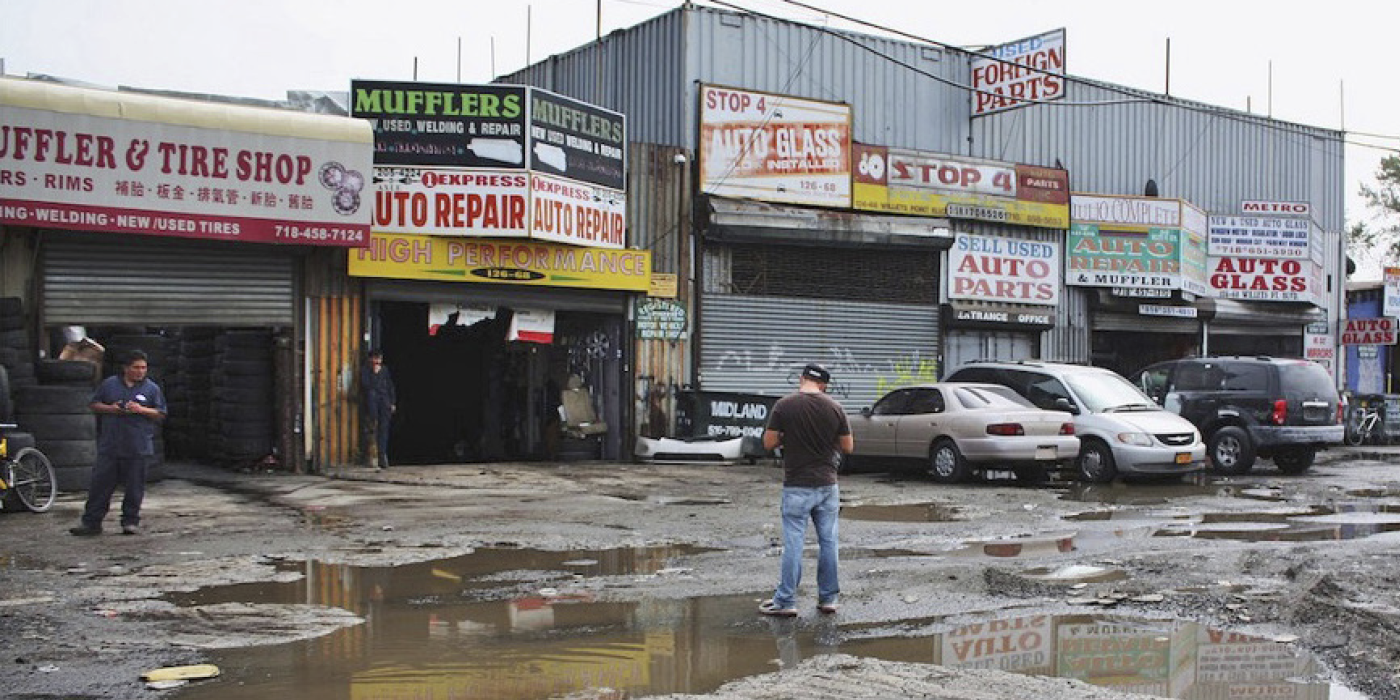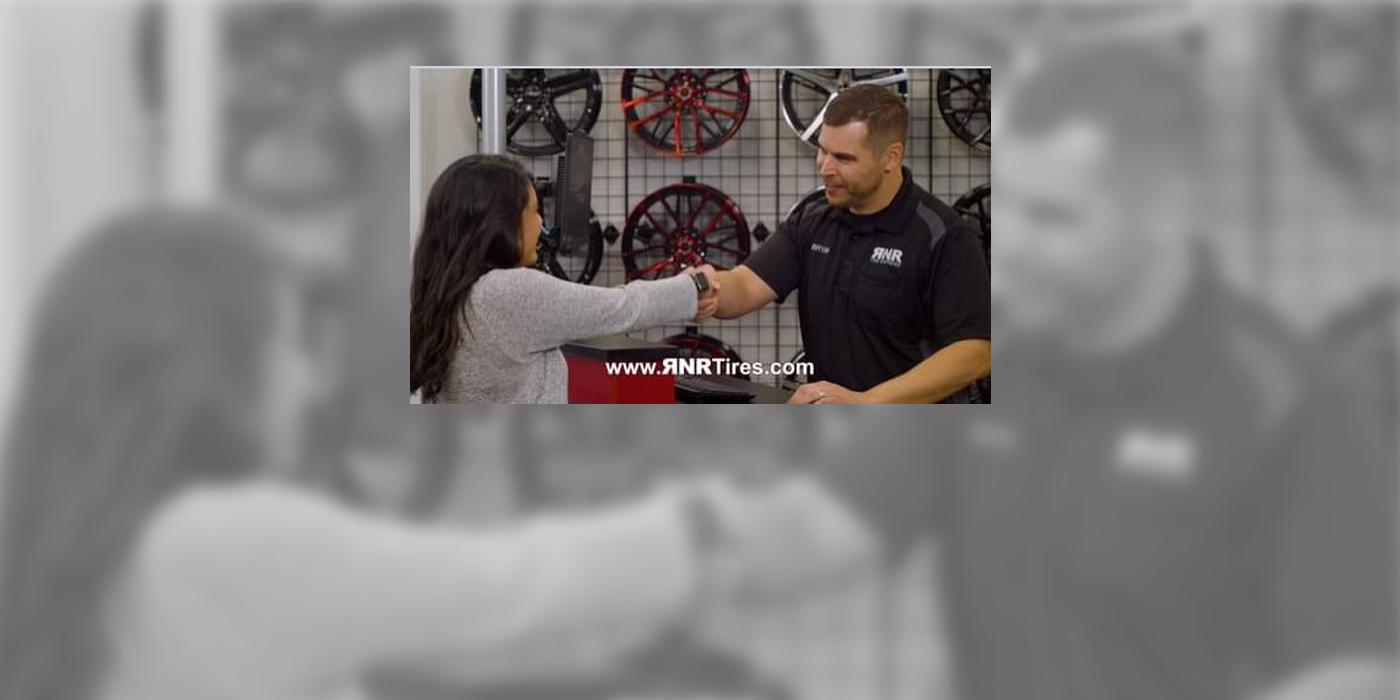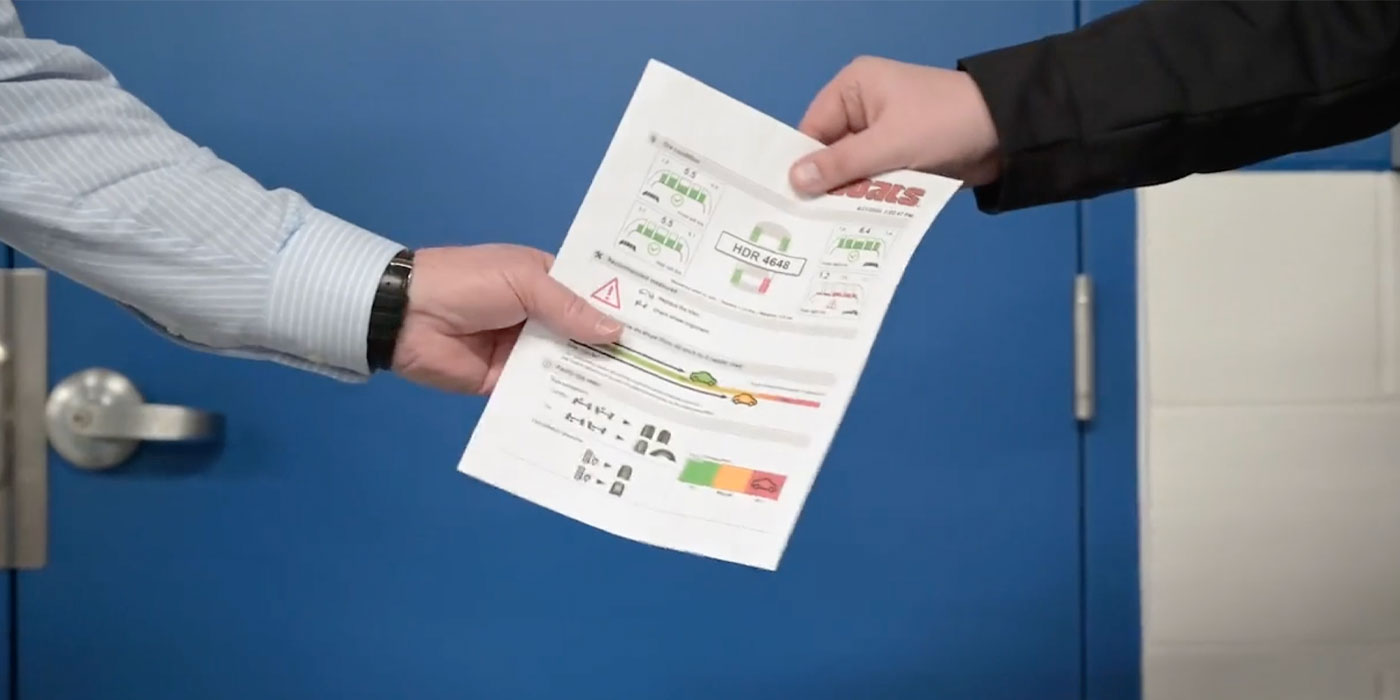
I got into the auto repair and tire industry in 1998 when I became a financial partner in a company called Procare Automotive, which we purchased from British Petroleum. Headquartered in Cleveland, we had 104 stores and 1,000 employees – and we were losing $5 million annually.
In retrospect, it was pretty easy to cut expenses and become extremely profitable. We had $13 million of earnings before interest, tax, depreciation and amortization (EBITDA) in the second full year of cost cutting. But the top sales line was not growing. In fact, we averaged about 95% of same-store sales for five full years. Revenue dropped from $79 million to $59 million, and at that level, there were no profits, so the company was sold.
This was the graduate school of hard knocks for me, but along the way I was able to learn and got some clarity on a couple of things. First, as a company, Procare was leaving approximately $50 million on the table every year due to poor communication skills at the store level. Another way of saying it: our store staff meant well but lacked the communication skills to convert price shoppers and people “just looking” into trusting customers. When I first told my Procare partners that we were leaving massive amounts of sales “on the table,” they laughed it off. Yes, I was a novice at that time in the auto repair and tire industry. But, I had some expertise in the domain of communication and I knew what I was listening to. I was certain that we were leaving a ton of sales on the table.
Since then, my work with tire dealers and automotive repair shops (and in a variety of industries such as medical, dental, financial services, etc.,) has revolved around communication. Is it really that simple, you ask? Does communication really affect my business that much? Yes! It’s the source of all results.
For a long time, having the most up-to-date pricing and technical information and providing it to customers was a real competitive edge in business, and it’s still quite important. The problem is that at this point in history, there’s a level playing field. Thanks to the Information Age, everyone has all the same information pretty much in real time. Business people have what they have and customers have what they have, all in real time. I’m not saying that all the information is accurate, nor that data is not important, because it is. I’m saying that the competitive edge is no longer there because everyone has the same unlimited amounts of information.
My company has analyzed more than 1 million business conversations over the past 20 years, so we have a good vantage point from which to draw conclusions about how communication has changed for “society at large.” Here’s my general assessment:
1. The Digital Age is Killing Us, Literally
As a society, we have forgotten that we are here to help each other. We have forgotten that we exist to help each other survive. We simply cannot survive without other people, and the digital age has made us think that we can do it alone and that we don’t need anyone else. It’s simply not true. This fact has left many in a state of depression, while at the same time, suicide rates have skyrocketed. According to 2017 data from the National Institute of Mental Health, suicide was the second-leading cause of death among individuals between the ages of 10 and 34, and the fourth leading cause of death among individuals between the ages of 35 and 54. Today, people forget how to make commitments to help others. They forget that the act of commitment-making is even the game, and most are “blind” to it, so we go deeper and deeper into the digital matrix and further away from each other. Life gets lonelier and lonelier.
2. Most People Don’t Know How Powerful They Are
My research points out that most are not in touch with their “unlimited potential for personal power.” By going deeper and deeper into the digital age, people have retarded their ability to interact with others and “generate commitments.” Skill with regard to “articulating commitment” combined with “commitment-making in real time” is ultimately the source of personal power, so as a society, we are moving in the wrong direction. The more people you can commit to helping, the more commerce you will do. It’s really that simple, but most don’t know that the source of revenue in business is the “exchange of commitments.” But, that’s a fact. The only time commerce ever occurs in any auto repair facility or tire shop is when commitments are exchanged, and that has little or nothing to do with pricing or technical information.
3. We’re Fixated on Information and Data
Because you and your staff were likely “born into the information age,” most are skilled at looking up information and distributing the information to customers. Customers call looking for prices for service or tires, and that’s all they get. As a human being, they are asking for prices but really are looking for a commitment from someone competent to help them out. However, they start the conversation with a price request. If an owner or service advisor doesn’t know the “ultimate game” is one of commitment, then the only game you can play is the “information and price” game. It’s a race toward zero, and it doesn’t address the customer’s problem. Price is never the main issue. The real issue is that the customer’s life is on hold while their car is broken and they can’t do anything.
To change your business, the most important part is shifting the focus and thought process of you and your staff from a price and data mindset to one of commitment. As I explained above, when you exchange commitments, commerce occurs, and that’s the key to growing your business, reducing stress and improving sales.
For a free blueprint on how to achieve 20% annual growth, go to: https://www.molloysales.com/gift-annual-growth-2.
Dan Molloy is president and CEO of Molloy Sales Development Group in Union City, New Jersey. He has been working to grow tire dealer sales for the past 21 years. For more information, visit www.molloysales.com.
Check out the rest of the September digital edition of Tire Review here.














